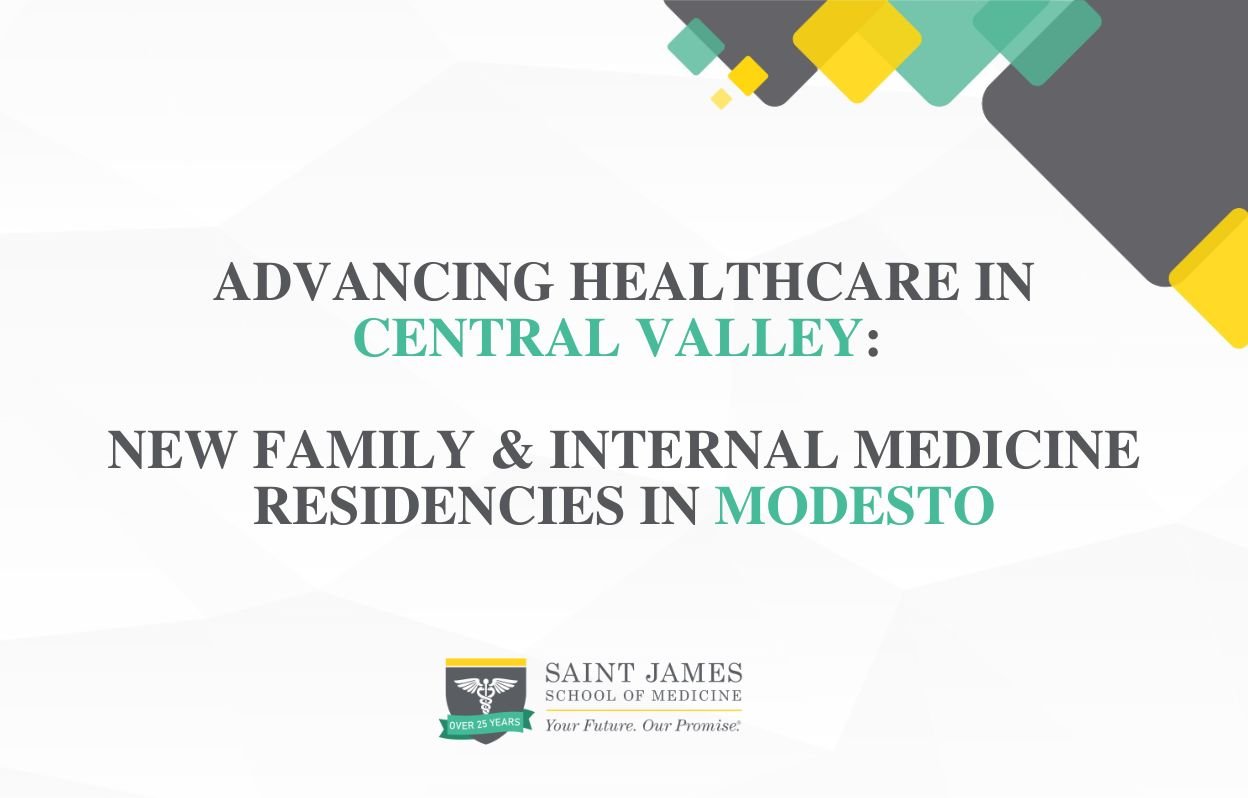
In California’s Central Valley, where healthcare access is a growing concern, two new residency programs in family and internal medicine at Sutter Memorial Medical Center are taking bold steps to meet the needs of the community. More than just a new training opportunity, these programs represent a vital investment in the future health of this underserved region.
Led by Dr. Raylee Pianis and Dr. James Kruer, these programs aim to prepare doctors with not only the clinical expertise but also the compassion and commitment required to serve a diverse patient population. Here’s how these programs are setting a new standard for residency training by focusing on affordability, community needs, and the future of healthcare in Modesto.
A Mission-Driven Approach to Residency Training
The Central Valley, California’s agricultural heart, has long been underserved in terms of healthcare, especially in primary care. Recognizing this gap, Dr. Pianis and Dr. Kruer have designed their programs to directly address the needs of Modesto’s culturally diverse population, where nearly half of the residents are Spanish-speaking. Dr. Pianis, who leads the family medicine program, emphasizes the importance of preparing residents to handle a full range of care, including women’s health, maternal care, and chronic conditions. By training physicians in these areas, the program equips them to fill critical service gaps in the community.
As Dr. Kruer explains, “Our goal is to train doctors who don’t just see patients but understand and are dedicated to serving the unique needs of this community.” These programs aim to ensure that doctors trained in Modesto are invested in staying long-term, helping to address California’s primary care shortage from the ground up.
Affordability and Access in Modesto
California’s high cost of living can be a major deterrent for residents and new doctors alike, but Modesto offers a more affordable alternative to big cities like San Francisco. As Dr. Kruer points out with a smile, “Modesto is probably the most affordable option for residency in California.” This affordability is a significant draw for prospective residents who want to balance their professional goals with a reasonable cost of living, making Modesto an appealing place to start and build a career.
Being just a couple of hours from San Francisco, Modesto provides access to a major city’s resources while allowing residents to enjoy a slower pace and reduced expenses. For new doctors, this means they can focus on their training without the added financial stress that often comes with other parts of California.
Training Physicians for a Diverse Patient Population
Cultural competence is a cornerstone of these programs. Modesto’s population includes a high percentage of Spanish-speaking residents, along with other diverse groups, so residents are encouraged to learn and practice communication skills that bridge cultural divides. Dr. Pianis highlights how critical it is for doctors to connect with patients in their own language: “When patients feel understood, trust improves, and so does health. We’re training our residents to offer not just care, but culturally respectful care.”
This commitment to cultural competence and patient-centered care isn’t just about communication—it’s also about building long-term relationships with patients, an approach that makes a tangible difference in healthcare outcomes. Both residency programs actively seek applicants who align with these values and bring a genuine commitment to community health.
Opportunities for Career Growth, Including Fellowship Pathways
One concern for prospective residents is that new programs may limit their chances for fellowship placements. However, Dr. Kruer clarifies that opportunities for career advancement aren’t restricted by a program’s age. In fact, new programs often provide residents with more personalized mentorship and the chance to stand out early on. With Sutter Health’s expanding network, fellowship opportunities in fields like cardiology and pulmonary care are likely to grow.
Residents in Modesto benefit from a close-knit environment where they work directly with faculty, gain hands-on experience, and build the kind of relationships that help them develop a strong professional network. This collaborative setup not only strengthens a resident’s foundation but also makes them competitive candidates for fellowships and other advanced training opportunities.
Holistic Application Process: Finding the Right Fit for Modesto
Both Dr. Pianis and Dr. Kruer emphasize that these programs are about more than academic credentials—they’re about finding residents who genuinely want to serve the Central Valley. The application review process considers not only an applicant’s grades and test scores but also qualities like empathy, resilience, and a demonstrated interest in primary care. The programs seek candidates who are committed to Modesto and who see value in becoming part of a community that truly needs them.
“Our mission is to train doctors who are passionate about primary care and who want to make a difference in this region,” Dr. Pianis explains. This holistic approach to residency selection aligns with the programs’ goal of nurturing a new generation of doctors who are likely to stay in the area and contribute to a healthier future for Modesto.
Conclusion: A Vision for Sustainable Healthcare
The family and internal medicine residency programs at Sutter Memorial Medical Center are more than training opportunities—they’re part of a solution to a critical healthcare shortage in California’s Central Valley. By focusing on affordability, cultural competence, and community needs, these programs are building a sustainable pipeline of primary care providers who are invested in the well-being of Modesto’s residents.
As Modesto’s newest residents step into their roles, they’re not only advancing their medical careers but also strengthening the community. These programs represent a commitment to healthcare access, equity, and quality in California, paving the way for a healthier, more connected Central Valley.
To learn more about how residency training at Sutter Memorial is making a difference, visit SJSM.
